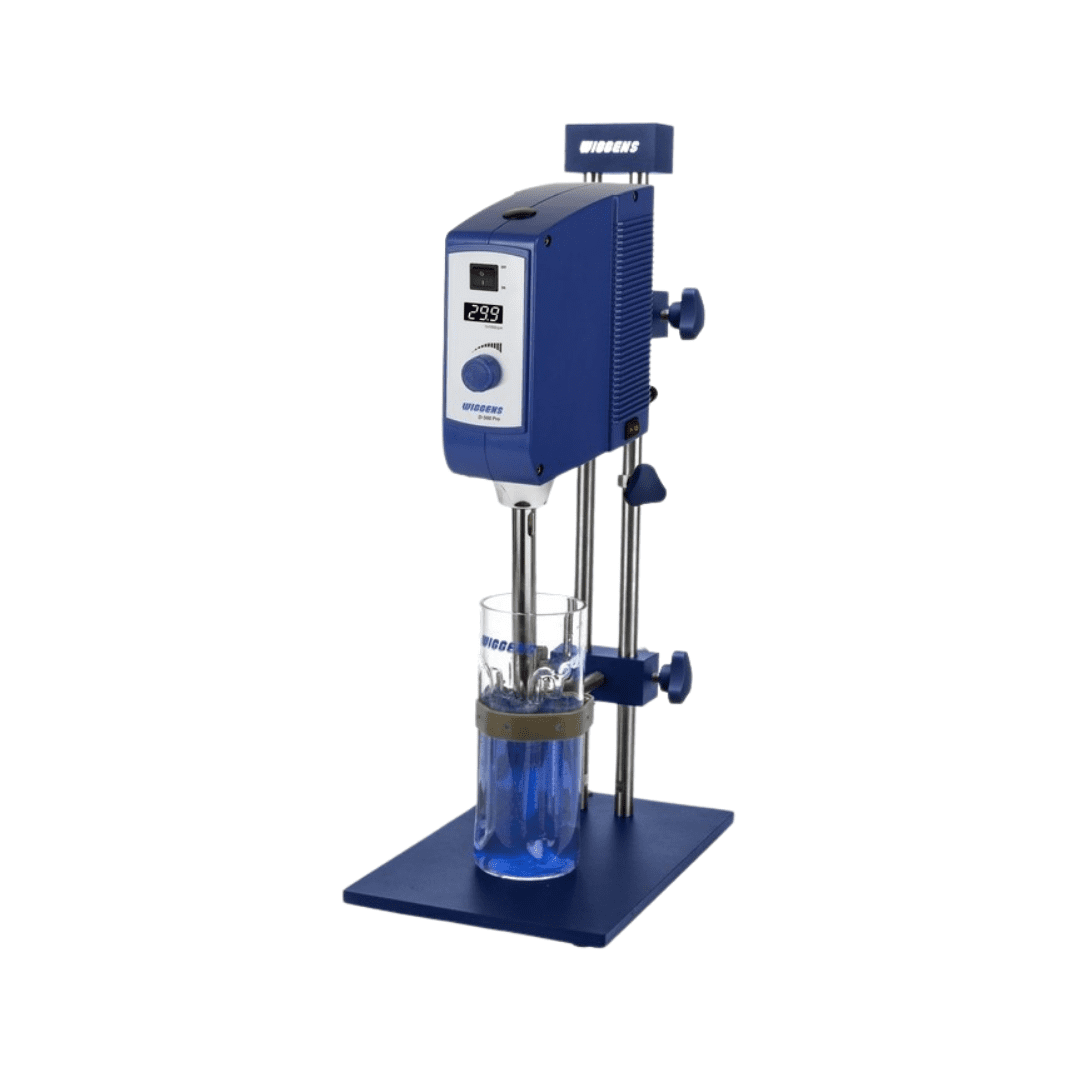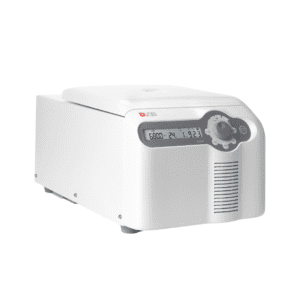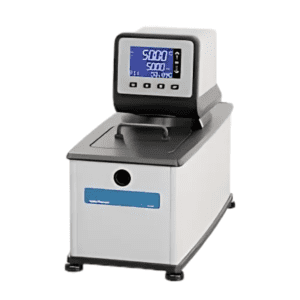Homogenizers
Description
Homogenizers are specialized laboratory devices that facilitate the homogenization of various sample types, including tissues, plants, food, and soil. By employing mechanical forces, they break down samples into smaller particles, resulting in a consistent and uniform mixture suitable for further analysis.
The working principle of a homogenizer involves forcing coarse or large particles through a narrow orifice under high pressure, converting them into fine particles. This process utilizes physical principles such as shearing, cavitation, and turbulence to achieve a high degree of stability and uniformity in the homogenized material.
There are several types of laboratory homogenizers, each tailored to specific applications:
- Rotor-Stator Homogenizers: These devices use a rapidly rotating rotor within a stationary stator to apply mechanical shear, effectively homogenizing samples.
- Bead Beaters: Utilizing small beads agitated at high speeds, bead beaters are particularly effective for lysing cells and homogenizing tissue samples.
- Ultrasonic Homogenizers: Employing high-frequency sound waves, ultrasonic homogenizers disrupt cells and tissues through cavitation, making them suitable for delicate applications.
- High-Pressure Homogenizers: These devices force samples through narrow passages at high pressures, effectively reducing particle sizes and achieving uniform distributions.
When selecting a homogenizer, factors such as sample type, volume, desired particle size, and application specificity should be considered. Proper maintenance and calibration are essential to ensure consistent performance and prolong the lifespan of the equipment.
In summary, laboratory homogenizers are indispensable tools in scientific research and industrial applications, enabling the preparation of uniform sample suspensions critical for accurate and reproducible results.





